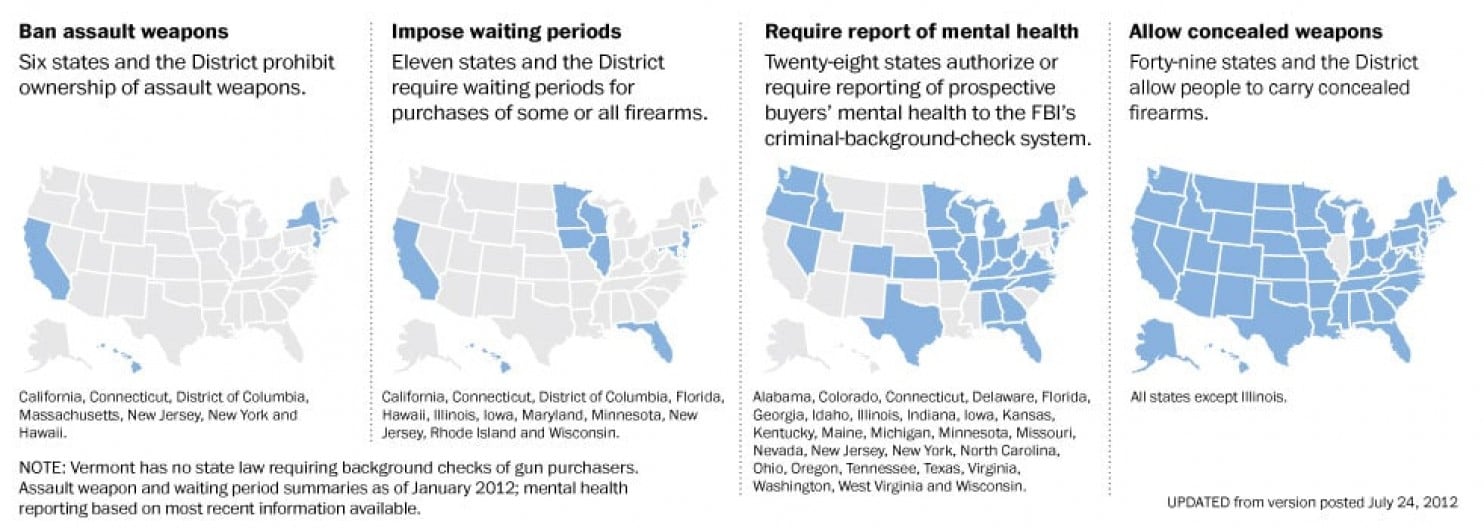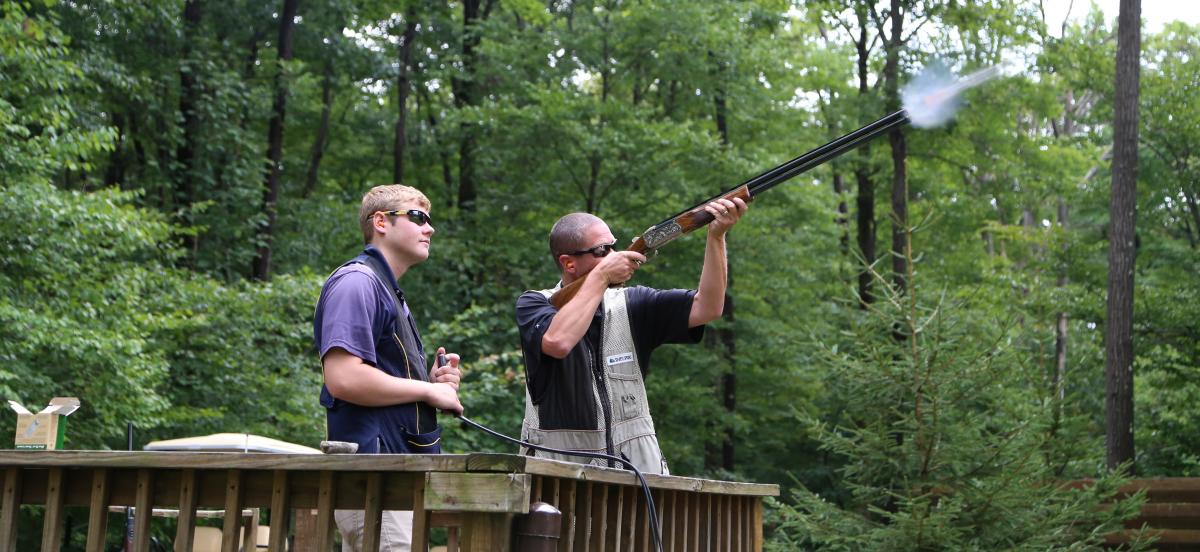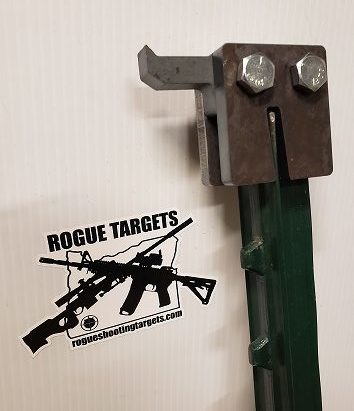
A common question among many firearms owners is the difference between bullet diameters in mm and inches. Truth is, caliber designations can not always be used to indicate bullet sizes. You will learn about the various methods used to make bullets, the power that different weights have, and other factors which affect bullet diameter. This article will also cover the ballistic properties of different bullet types. You'll also learn why caliber designations don't always accurately describe bullet diameters at the end.
Caliber designations don't always describe bullet sizes
Caliber designations indicate the diameter of bullets, cases and bullets. But they don't always provide a measurement of bullet size. Although calibers are usually stated in inches (or in other cases, in the case of certain cases), the actual measurements can vary. This is because bullet cases often have a wider diameter than the bullets. The most common calibers, however, are 9mm and 6.5mm. It is essential that you know how to identify the caliber of a bullet in order to buy one.
While "magnum" and "super" always refer to bullet sizes, the words aren't always used in the same context. For example, ".357 Magnum" can be used to indicate a bullet with a similar diameter as ".38 Special". However, the ".357 Magnum" cartridge actually contains more powder and produces more projectile energy. This may sound confusing but the term magnum is widely used in self-defense situations.

There are many ways to make a bullet
There are many steps involved in making bullets. Some bullets need to be cast while others can be formed in multiple steps. A jacket can be joined with several parts using one or more methods. Casting is the most popular method. The first step involves melting the metal and pouring it into the mold. After the mold has been opened, the bullet is revealed. For shaping bullets, the process involves filing or cutting away any imperfections as well as adding a hollowpoint if required.
Bullet points are a way to clearly display the main features of an article. They are also helpful when the order of a list is not crucial. Bullet points are useful for highlighting key features of products or services. These are a great way of making a long list easier to read. If you're writing a white paper, try creating a bulleted list first. Once you have your list, you can use bullets to emphasize key points.
Ballistics of different bullet weights
You should be familiar with the ballistics of different bullet sizes when you shoot a firearm. Heavy bullets tend to carry more energy and keep it further downrange. However, they also have a tendency to drop more once they leave the muzzle. Although it may seem like there is a large difference, these differences are not significant and should not be considered a cause for concern. For defensive purposes, heavier bullets are more likely to hit the target because they travel slower.
Bullet weight is often an afterthought for shooters. It may not even matter to them. It doesn’t matter how much you shoot, as long as you have the right caliber. But what about terminal kinetics? How bullet weight affects speed, accuracy and terminal ballistics? This information cannot be covered in one article. This article does not attempt to cover all aspects of bullet weight. However, it will give an overview of the things to look for.

Other factors can also affect bullet diameter
While bullet diameter is an important consideration in the design of a rifle, it's also important to note other factors that affect ballistic performance. One of the most important is the sectional density, which is the ratio frontal surface area to weight. A bullet's area density increases as its bullet diameter grows, and is proportional in relation to its mass. The longer the bullet's nose, the greater its sectional density, while a smaller nose reduces the bullet's BC.
FAQ
How much does it cost for a hunter to become?
Hunting can be expensive depending on where you live.
Some areas may require you to pay a modest membership fee in order to have access to public lands.
Some states require permits or licenses before you may hunt.
Hunting costs vary depending on what type of firearm you choose. A rifle typically costs more than an average shotgun.
A license can cost anywhere from $10 to $50. You might need to buy additional tags depending upon how many hunt days you want.
Hunting certain species requires a permit. The size of the animal that you want to hunt will determine how much money you have to spend.
Hunting wild turkeys requires a tag that costs up to $150.
What training is necessary to become a hunter How long is it?
A basic course is required to learn how hunt. This course will help you learn about different game types and the laws that surround hunting.
You will be taught how to safely handle ammunition and firearms. Instructions will also be provided on how to safely use these weapons.
This course can be completed in two weeks or three months. Some courses can also be done online. Some courses are offered online. Others can be taken in person.
A written test is required to qualify for a license. You might also need proof that you have completed a hunter's education course.
How much does it take to get licensed? What if my budget is limited?
It varies from one state to the next. It can cost anywhere from $20 to $100.
If you do not have enough money, you may be able to apply for a loan or grant.
In addition to the fee, you will need to purchase a tag. Prices vary depending on which type of game is being hunted.
Tags are available for deer, elk, bear, moose, waterfowl, upland birds, and furbearers (such as foxes).
Some states require that you register with the Department of Natural Resources in order to obtain a license.
To ensure that you comply with all regulations, it is important to check the local laws before you start hunting.
What is the most important aspect of hunting animals
How do we get there? We start by learning how to shoot accurately. We must then learn to hit our target. We must also learn to adjust when we miss our target.
It is essential to know the basics of hunting. You will never be able to improve if your knowledge is not up-to-date. You might think you've improved because you've gotten better shots, but if you didn't know what you were doing before, those shots won't mean anything. This is also true for hitting targets. It's impossible to understand why you're not hitting your targets. This means that it is essential to understand what your goal is.
Knowledge is key. Understanding the animal you are hunting will determine your ability to hunt it. If you go out into nature, you will want to be as knowledgeable as possible about the animals you come across. It's important to learn about their habits, personalities, and behaviors. You will be able to plan your hunts efficiently and smoothly.
It is important to always learn from other people who have achieved success in the past. You can find many books on the topic. In addition, there are websites like www.thehuntingzone.com that offer great tips and advice. You can also find people with years worth of experience. They will be able to help you understand what works and not.
Once you've learned everything you can, it's time to practice. Practice makes perfect. But you should not practice until you feel great. Instead, you should practice to become confident. Confidence is a way to relax and enjoy the process. Relaxation can help you focus on the task in hand. Concentration is key to maximizing every opportunity. Opportunities come only when you're relaxed and focused.
Now it's time put your new skills to work. Don't fret if you fail. Don't worry if you fail. Just keep practicing. You'll eventually succeed.
Statistics
- In less than 20 years, Rhode Island saw a 40% drop in the number of hunting licenses for residents, according to The Valley Breeze. (stacker.com)
- - Percent of residents with paid hunting licenses: 0.7%- (stacker.com)
- Indiana, for example, saw a 28% jump in turkey license sales during the first week of the season. (stacker.com)
- Licenses dropped from a peak of roughly 17 million in the 1980s to 15 million in 2019, according to The Seattle Times. (stacker.com)
External Links
How To
How to hunt wild hogs
Wild hogs are large animals found in North America, Africa, Asia, and Europe. Wild hogs feed on vegetation and small animals such a rabbits or mice, birds, insects, and fish. They usually feed at night. The gestation period is approximately six months. One piglet then emerges. A sow has one child every two years. Although wild hogs are usually solitary, they can sometimes live in groups called herds.
Wild boars typically weigh around 200 pounds (90kg). Their head length is approximately 10 to 12 inches (30-25 cm), and their bodies range from 20 to 30 in (50-75cm). Wild pigs tend to have long legs, wide shoulders, and short tails. They have a thick layer under their skin of fat.
They have strong senses of smell, hearing and sight. These senses help them detect danger and find food. They can run upto 35 MPH (56 Km/h) and jump upto 15 Ft (4 m). They are sharp-toothed and have sharp claws. They can be aggressive in defending themselves from predators.
Hunting wild animals is challenging because they are intelligent, fast and elusive. Hunting wild hogs requires careful observation. Hunters should not shoot too quickly. The animal might escape. Hunting too early can cause the animal to escape.
Wild hogs can be killed using many hunting methods. Shooting is the most popular method. This requires hunters hunting to find the animal, then waiting until it comes within range. Trapping is another option. Trapping involves setting traps near water sources where the hogs drink. The traps are often equipped with a scent lure that includes peanut butter mixed with corn meal. When the trap is sprung, the hunter shoots the trapped pig.
Snaring is another method. Snaring is a method that uses a noose of rope to catch the pork. It works best if the pig is caught during its mating season.
Other methods include poisoning, spearing and netting. Netting and spearing involve placing a net or spear through the pig's neck to stop its breathing. Poisoning can be done by injecting poison into the body of the pig.
Hunting wild hogs requires hunters to be prepared for cold conditions. To stay warm in some areas, hunters can wear snowshoes. To help track animals, some hunters have dogs.